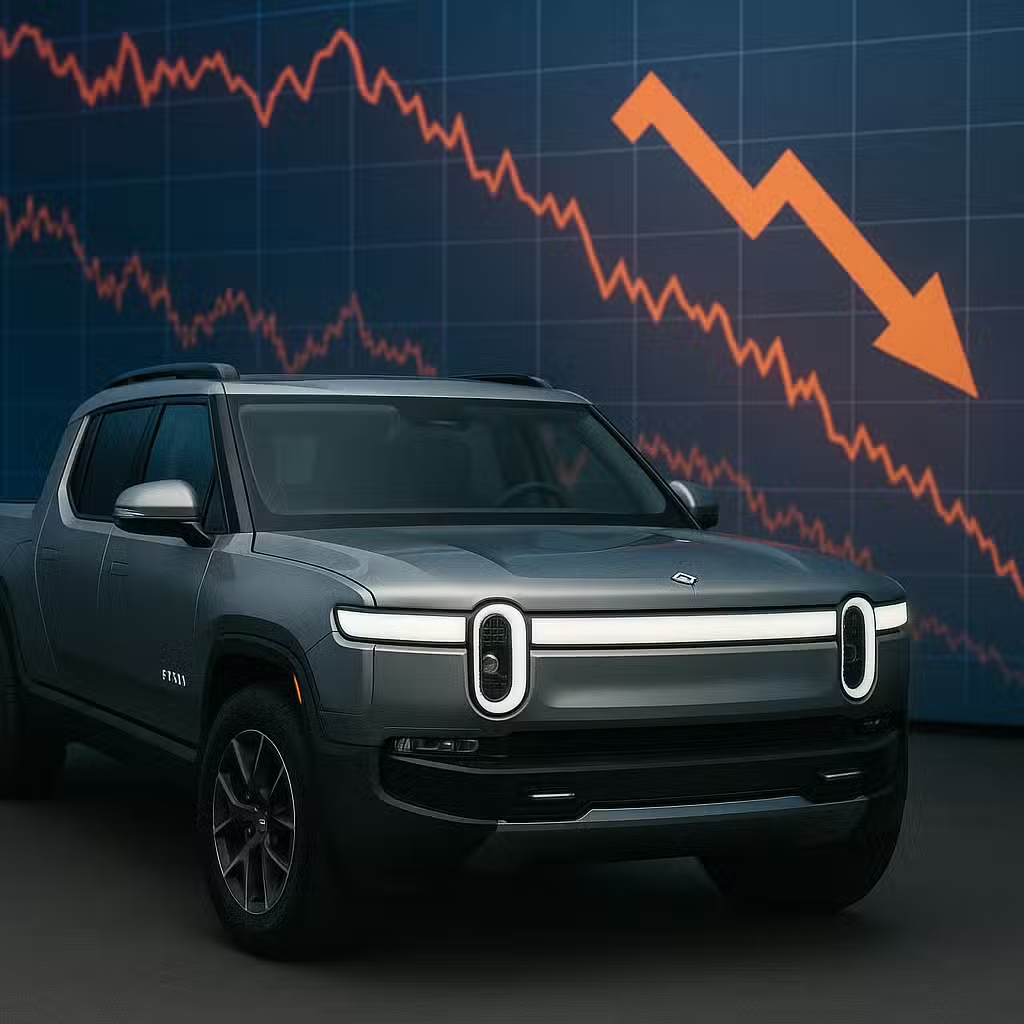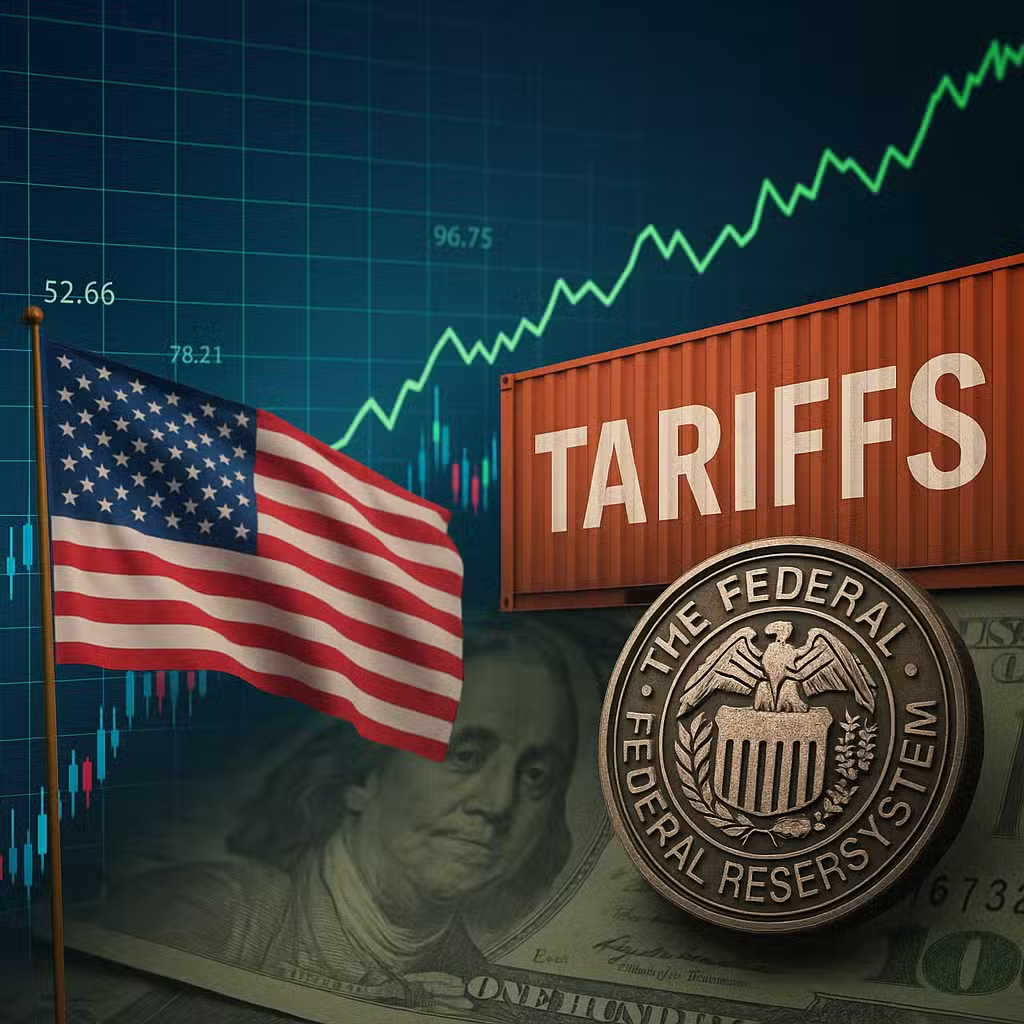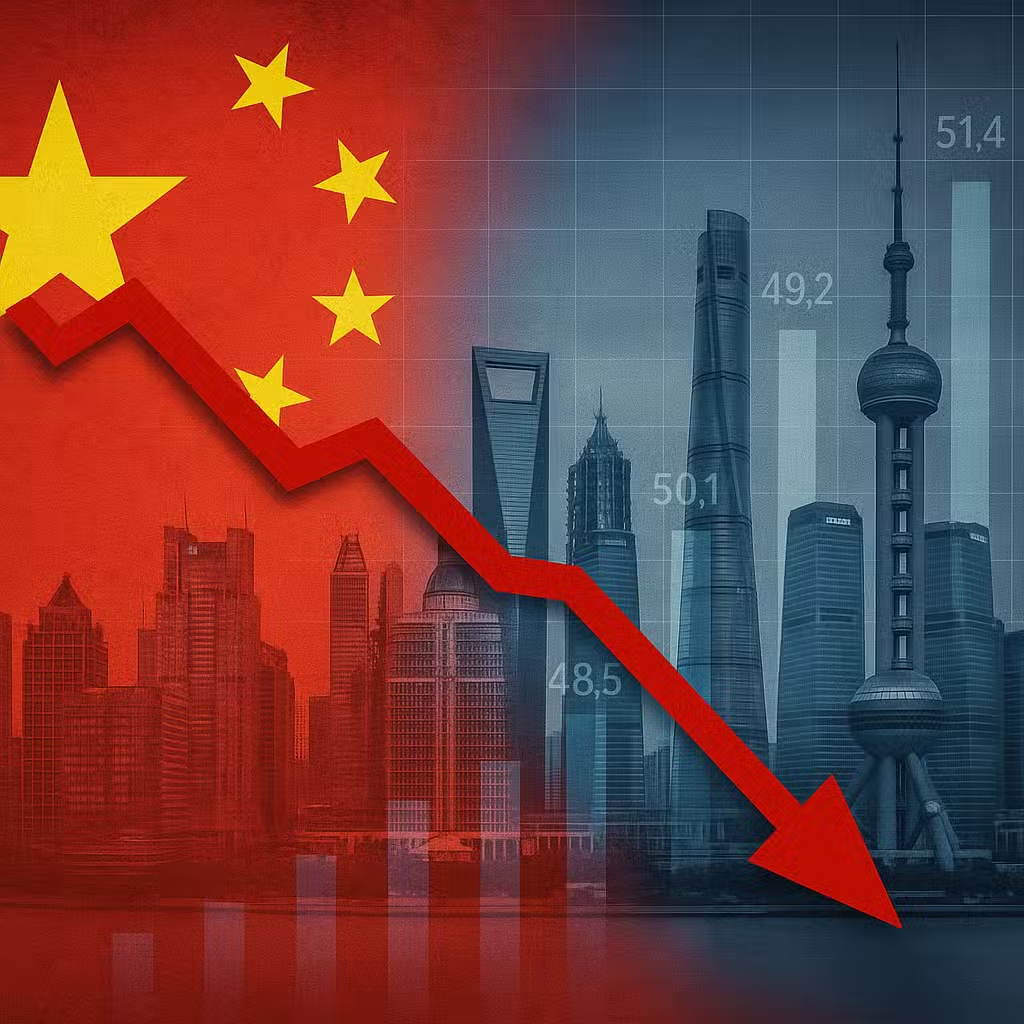Rivian Projects Lower 2025 Sales, Signaling Caution for Investors on Growth Outlook
Imagine you’re running a lemonade stand, but suddenly, fewer people are buying lemonade because the weather changed and new rules made lemons more expensive. That’s a bit like what’s happening to Rivian, an electric vehicle company, as it faces new challenges and shifting market conditions.
Why Investors Should Care
Rivian’s sales forecast is dropping, and that can shake up the whole electric vehicle (EV) sector. If you invest in Rivian or other EV companies, these changes could impact your portfolio’s value. When one of the big names struggles, it can also make people nervous about the whole market.
The Good News (Bull Case)
- Production is Up: Rivian delivered more cars in the third quarter than earlier in the year. They hit 13,201 deliveries, up from 10,661 in the previous quarter.
- Expansion Plans: Rivian is building new factories in Illinois and Georgia to make their upcoming R2 SUV and R3 hatchback. These new cars are supposed to be more affordable and popular.
- Long-Term Opportunity: Rivian’s CEO thinks that as other car companies slow down on EVs, Rivian will have less competition and more room to grow.
The Bad News (Bear Case)
- Lower Sales Forecast: Rivian now expects to deliver no more than 43,500 vehicles next year, which is down almost 16% from last year. That’s fewer cars than they sold in both 2024 and 2023.
- Changing Rules: New tariffs and trade policies have made things harder. These changes can make materials more expensive and make it tougher to sell cars.
- EV Market Challenges: The U.S. government is less supportive of EVs now, and a lot of big car companies are slowing down or canceling their electric car plans.
- Tax Credit Trouble: Rivian’s cars only qualified for a $7,500 federal tax credit if they were leased, so they missed out on a sales rush that helped other companies like Tesla.
What the Data Shows
Rivian’s struggles aren’t happening in a vacuum. According to the International Energy Agency, electric vehicle sales worldwide grew by 35% in 2023, but the pace is slowing in the U.S. This shows that while people still want EVs, the market is getting tougher at home.
Looking Back: A Quick History Lesson
Not long ago, EVs were seen as the future, with companies racing to build more. But in the past, we’ve seen similar excitement fade—like the dot-com bubble in the early 2000s, when everyone wanted internet stocks until the market cooled off. For investors, it’s a reminder to look at both the hype and the risks.
What’s Next for Rivian and the EV Sector?
Rivian is betting big on its new, cheaper R2 SUV. If it’s a hit, the company could bounce back. But if sales stay slow and costs stay high, things could get rocky. The whole EV sector is facing headwinds, but there’s still long-term potential as the world moves toward cleaner cars.
Investor Takeaway
- Keep a close eye on Rivian’s R2 launch — it could be a turning point for the company.
- Diversify your EV investments. Don’t put all your eggs in one basket, as the sector is unpredictable right now.
- Watch for changes in government policy and tax credits, since these can have a big impact on carmakers’ sales.
- Remember that while short-term bumps are tough, long-term trends toward electric vehicles are still in motion.
- Stay updated with credible sources, like the IEA Global EV Outlook, to track broader market shifts.
For the full original report, see Yahoo Finance







